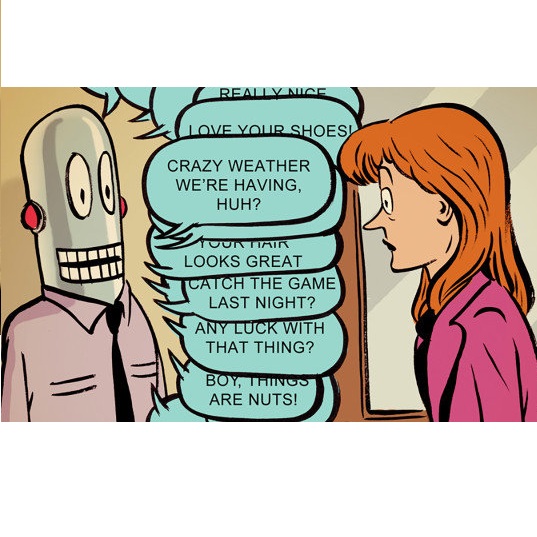Enterprise chatbots show promise in supporting knowledge workers in information synthesis tasks by retrieving context from large, heterogeneous databases before generating answers. However, when the retrieved context misaligns with user intentions, the chatbot often produces "irrelevantly right" responses that provide little value. In this work, we introduce VizCopilot, a prototype that incorporates visualization techniques to actively involve end-users in context alignment. By combining topic modeling with document visualization, VizCopilot enables human oversight and modification of retrieved context while keeping cognitive overhead manageable. We used VizCopilot as a design probe in a Research-through-Design study to evaluate the role of visualization in context alignment and to surface future design opportunities. Our findings show that visualization not only helps users detect and correct misaligned context but also encourages them to adapt their prompting strategies, enabling the system to retrieve more relevant context from the outset. At the same time, the study reveals limitations in verification support regarding close-reading and trust in AI summaries. We outline future directions for visualization-enhanced chatbots, focusing on personalization, proactivity, and sustainable human-AI collaboration.
翻译:暂无翻译





